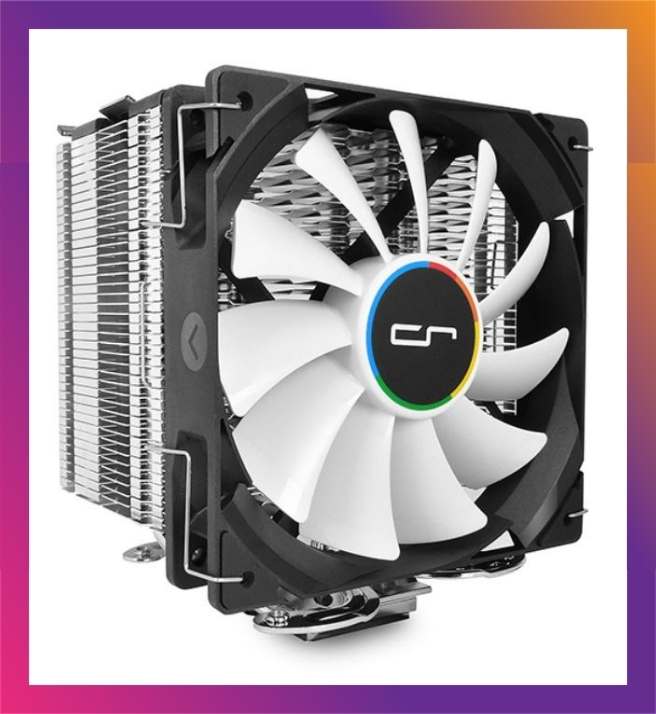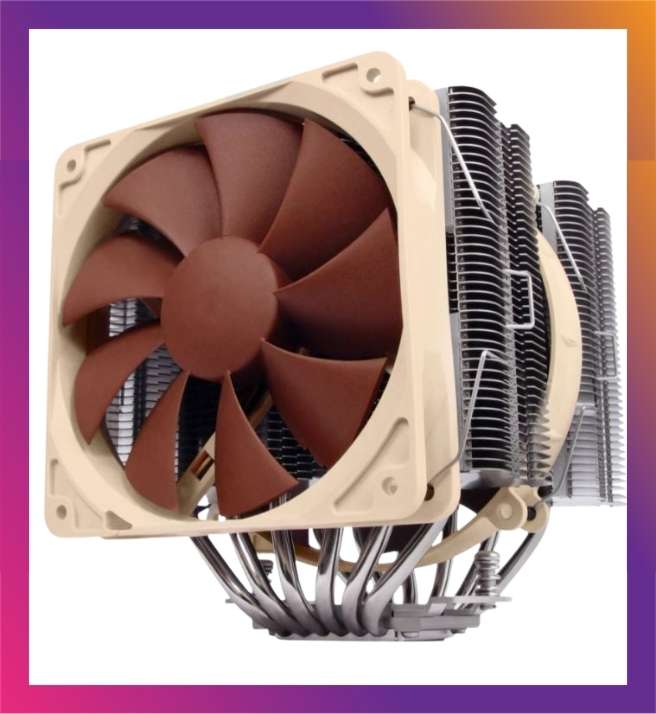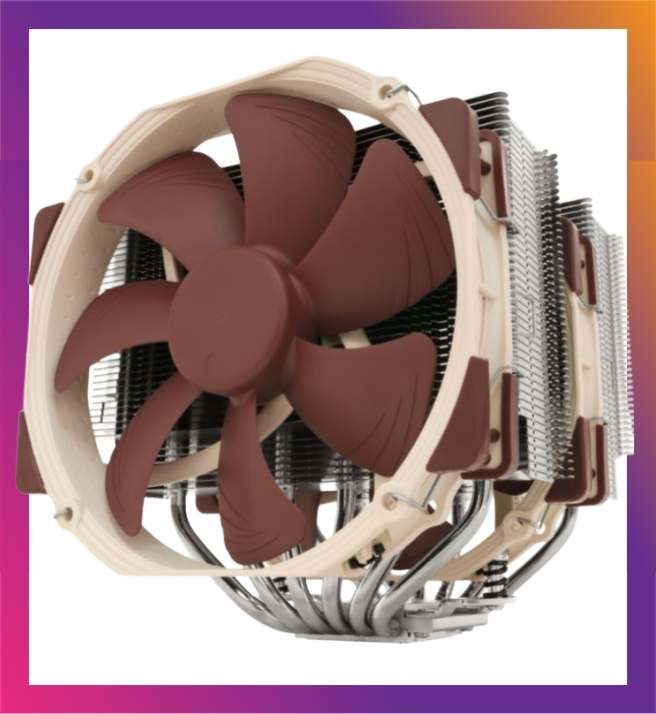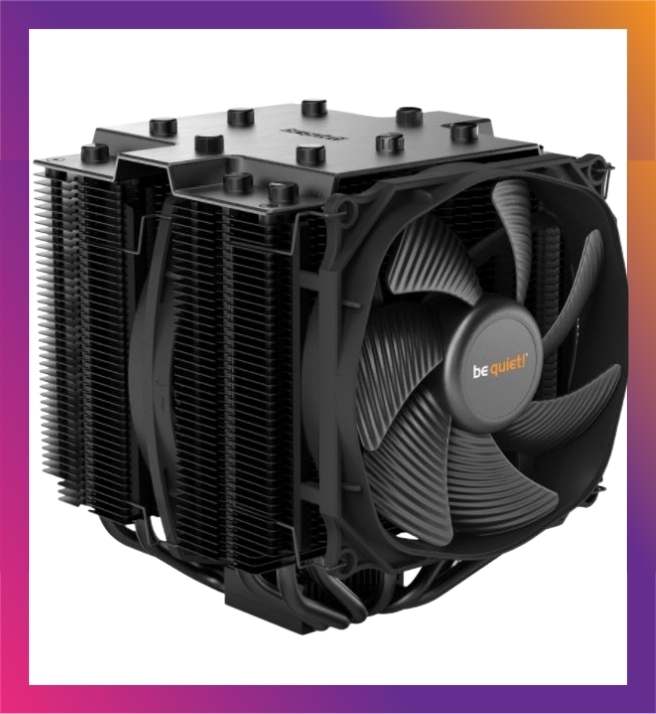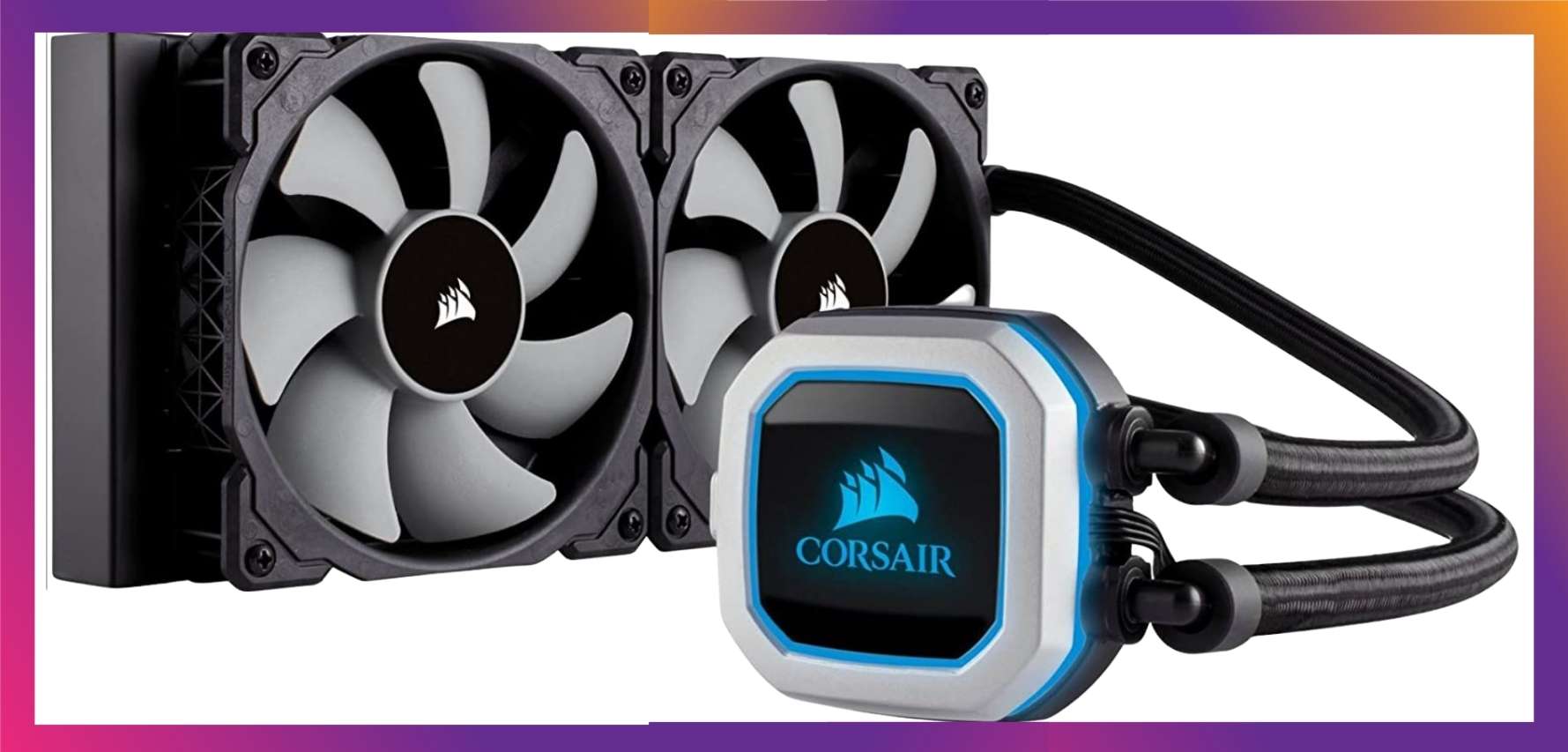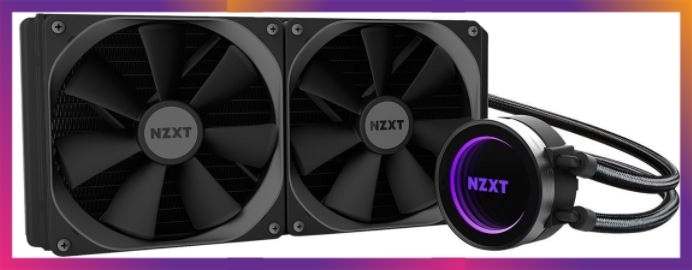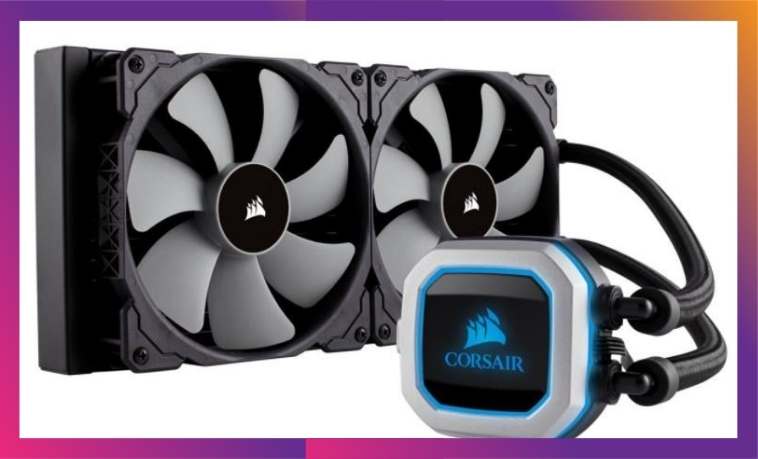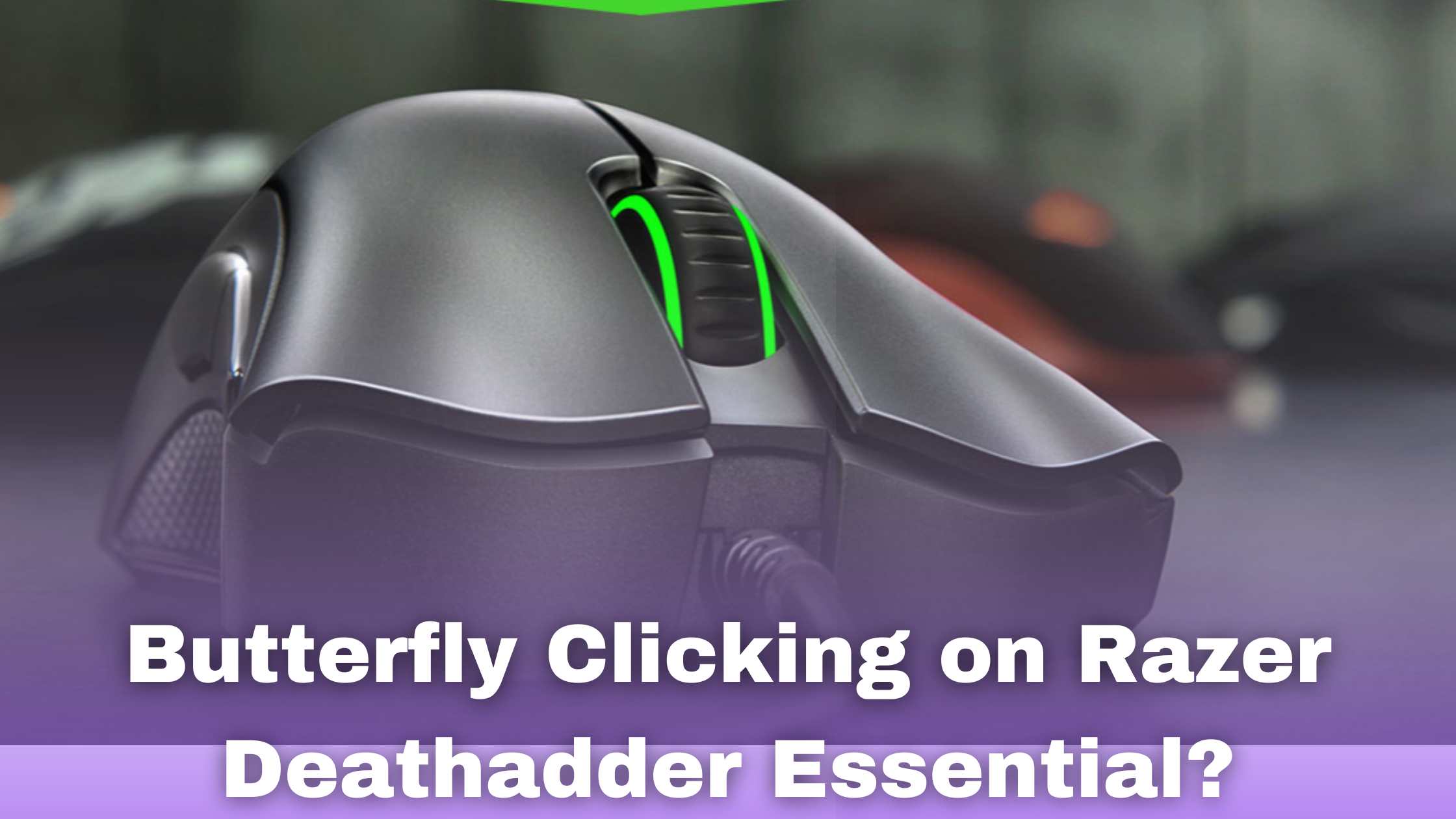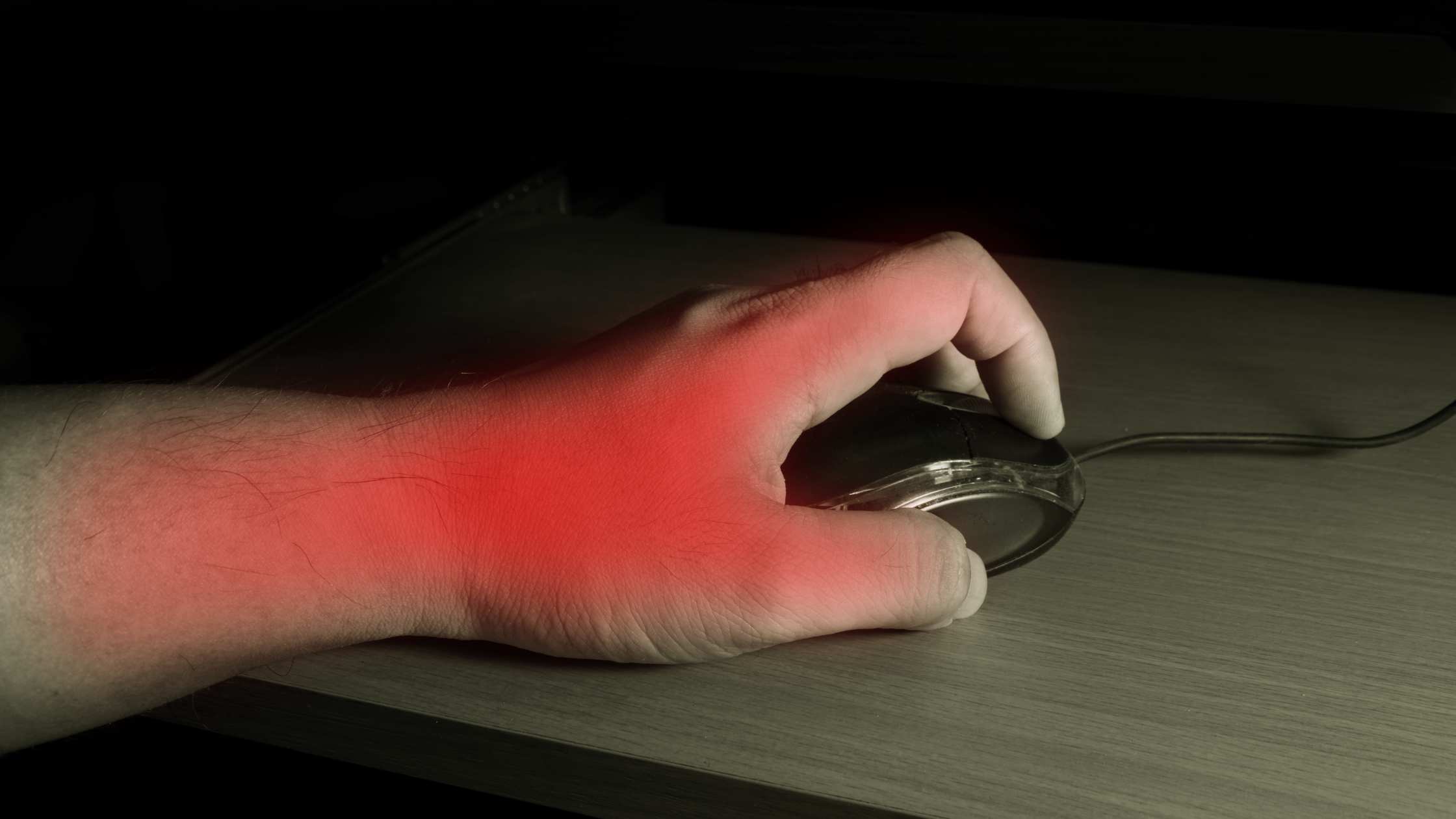Buying Guide: Choosing the Best CPU Cooler?
CPU coolers are a must if you want to keep your processor running at an optimum level. Most modern CPUs can be cooled by the fans and heatsinks included with your motherboard but as you’ll quickly find out, these aren’t always up to par and require replacements.
Here's some factors to consider when choosing the Best CPU Cooler for you:
\
Price
Price should be considered when selecting a CPU cooler. The price of the cooler is an important factor because it dictates the life span of the system. It also dictates other aspects like whether you can afford to upgrade your system in a few years. High-end CPU coolers come with a higher price tag but they are likely to last longer and provide maximum cooling efficiency. Cheaper CPU coolers have lower quality and lifespan which will lead to high maintenance costs.
Noise-Levels ( Do you Want a Quieter PC? )
There's no doubt that cooler noises can be annoying. However, it is entirely possible to construct a quiet PC without investing in an expensive cooling system. There are two things to consider when it comes to noise levels. First of all, if you're looking for a silent PC, I would recommend at least getting one fan with controllable RPMs (such as PWM or voltage control). Secondly, since choosing the right CPU cooler doesn't only depend on performance but also on price/noise level, it is very important --if not vital-- to choose an air cooler that is quiet enough.
\
Build quality
The first thing you should look for when it comes to coolers is build quality cause it's the most important part. Now, why is that? Because if you have a low-quality cooler, it will not last as long and it might fail to provide good cooling performance consistently. You should look for things like PWM fans(for the built-in fan controller), good heat pipes, good base plate etc... When building up a pc, always make sure that it is as powerful as possible AND as reliable as possible (not all specs are good).
Airflow & Cooling Performance
CPU fans should be able to handle the heat without overtaxing the cooler. Liquid coolers are preferable because they don't produce much noise and can handle high heat levels efficiently. Air coolers work well for lower heat levels but make a lot of noise. Because dust gathers more readily in air coolers, they must be replaced more frequently. AIO liquid coolers work well in most situations, but require a large investment upfront and aren't feasible in some contexts, such as with cramped desks where the radiator has to be placed inside the case.
The cooling performance of a product not only relates to how well it can dissipate heat but also how stable that temperature will be. High performance cooler may run slightly slower than a lower-performance model, but it will have much less change in temperature. This means that the CPU will not be throttled as often and your PC should run much more smoothly.
Read More:
How to get rid of overheating issues
Compatibility: Is the CPU cooler compatible with my computer and motherboard?
It is equally important to have a look at compatibility between your new CPU cooler and the rest of your computer parts.
so let's see what can be compatibility issues:
The socket.
Firstly, the socket type on your motherboard needs to match up with the CPU cooler you purchase.
If there are any compatibility issues between these two components, it is impossible to install the CPU cooler you purchased onto your computer system. This means that you'll have to look for a new CPU cooler that matches up with your current motherboard socket even if this causes extra costs to be incurred. CPU coolers generally come in one of two sizes; 120mm 140mm and while most cases on the market accommodate 120mm fans, there are some that don’t so it's best to double-check before buying.
Weight
Some people purchase much lighter CPU cooler units in order to save space inside their computers while others purchase much heavier CPU coolers in order to maximize cooling performance over time without having to worry about replacing or maintaining it for several years. Furthermore, some people prefer equally weighted coolers since they don't want their motherboard to be further weighed down by an unnecessarily heavier CPU cooler. So, it is important that you keep in mind the weight of your new CPU cooler before making a purchase decision. You can find out more about this on some of the best CPU cooler reviews on the Internet. Compatibility with other components inside your computer.
Extra features
Every cooler would serve its purpose by protecting pc components from overheating but, only some of them will go a step further and add some extra features. Extra features worth considering are: Add a fan controller, LED lights or even water cooling.
Fan controller
This is not an extra feature for most people but it's still worth mentioning as sometimes this can be a great addition to improve convenience. If you have more fans in your pc case than the cooler you buy has pre-installed then it's a good idea to search for a cooler that has a fan controller included with it. It will allow you to control all of your system fans from one source and make the overclocking process much easier.
LEDs on CPU coolers can serve different purposes depending on the type of LED but usually, they're used as visual indicators of what level a certain function has been set to or what speed the fans are spinning. This can be very useful if you want to overclock your pc and see at a glance how cool the components are getting.
Water cooling is not necessary by any means but it does have some great benefits for maintaining optimal performance of your pc components especially if they have overclocking potential. It's also close to impossible to install water cooling without any sort of computer knowledge so check guides before attempting anything too complex with your cooler.
Installation Guide: How to install a CPU Cooler
Step 1: Figuring out which type of CPU cooler to buy.
The first thing you should do before installing a CPU cooler is to look at how much space is available, so measure the size of the CPU's socket and determine which CPU cooler will fit. You should have a look at the list of the best CPU Coolers mentioned above.
Step 2: Assemble everything for installation
You'll need to have a motherboard with a backplate, thermal paste, screwdriver and the screws that come with the CPU cooler already installed. You'll then want to have some q-tips or cloths on hand, as well as monitor your work area because things could get messy from the thermal paste (especially if you're not careful).
Step 3: Unbox the CPU cooler and open your motherboard.
If you have a CPU cooler that needs to be mounted from the backside, start by removing your motherboard from its case. Then, remove any plastic film covering the socket on your motherboard as this will prevent you from installing the CPU fan without damaging the motherboard.
Step 4: Attach CPU cooler bracket to motherboard and place CPU cooler on CPU socket.
This is a good time to check your CPU cooler's instruction manual for specifics, but generally, you will have some kind of backplate on which you install the four included screws from the inside of your case so that they go into the backplate and then into the motherboard. Make sure that they are tight but don't over tighten them or you may damage your motherboard.
Step 5: Apply thermal paste and attach heatsink to CPU with screws.
Once your CPU cooler is securely in place on your motherboard, install it by screwing it in with the screws you have available. If your CPU cooler uses a backplate, you should only need to screw in the four corner screws since the pressure from the other screws will keep everything put even without tightening them down.
Step 6: Plugin fan cables to motherboard and attach case power cables to motherboard's power connectors.
After this, just plug in your CPU cooler's cables into the correct motherboard power connectors and you're done!
Final Thoughts
If you have read till here then we're pretty sure that you exactly know which CPU Cooler will be best for i5 8600k.
It's important to take various factors into consideration before purchasing a new CPU Cooler, and just to serve this purpose we have added an in-depth buying guide for you.
For Air cooling, Cryorig H7 Tower Cooler is our recommended cooler while Corsair Hydro Series H100i for Liquid Cooling. So we hope that this guide helped you in making a decision.
Now it's your time to take action and choose the one which fits your needs
Frequently Asked Questions
How long should a good CPU cooling fan last?
Depending on how often you use it, probably around 3-5 years. If you overclock your CPU often you might want to look at better quality fans. Higher quality bearings will usually last longer if taken care of correctly. However, this will also depend on the type of use and case conditions they are put in. This can mean anywhere from 6 months to 7 years for some types of users depending on usage.
What are things that can affect noise levels?
Noise level performance is slightly related to how well the airflow is directed and the airflow is directly related to the performance of heatsink fans. For optimal airflow and noise level performance, we would need to move our case fan in front of the CPU cooler and use a 120mm or larger variant on your rear exhaust fan to push more air through the radiator fins.
What is the Best CPU Cooler for i5 8600k?
For Air Cooling Noctua NH-D14 is preferred due to the quality and performance. For liquid cooling, we recommend Hydro Series H100i which has integrated fans and pump, easy plug and play installation system, support for bigger radiators like 240mm or 280mm (120mm clearance) and also comes with a 2x 140mm fan on the radiator bracket
What CPU cooler comes with i5?
You will surely find a lot of coolers but: Cryorig H7, Noctua NH-D14, Hydro Series H100i, NZXT Kraken X62 are the best CPU coolers/heatsinks for you!
What cpu cooler for i5 8600k coffee lake?
Cryorig h7 is a great option if you want a high-end CPU cooler, along with this Hyper 212 will also work great.
How to remove and install cpu cooler on i5?
(1). First identify the type of CPU cooler on your i5
(2). Locate the screws securing the cooler to your i5.
(3). Use a screwdriver to remove the screws holding the CPU in place. You may need to use a pair of needle-nose pliers or a flathead screwdriver to help you get under them and loosen them.
(4). Pull off the thermal paste from your CPU and wipe it down with an alcohol pad before installing the new thermal paste on top of it. Apply thermal paste in a thin layer, especially around any heat spreader areas on your CPU's surface.
(5). Apply the new CPU cooler to the top of your i5. Secure it with screws, making sure that they are tight enough to be secure but not so tight that you are damaging your CPU by over-tightening them.
(6). Plugin all necessary cables on your new CPU cooler. For example, fans or LED lights should have come with your new CPU cooler and should be securely plugged into it.
